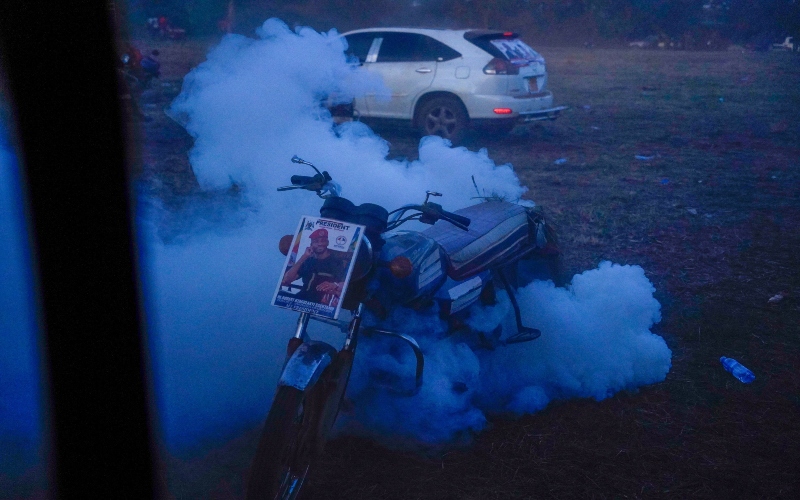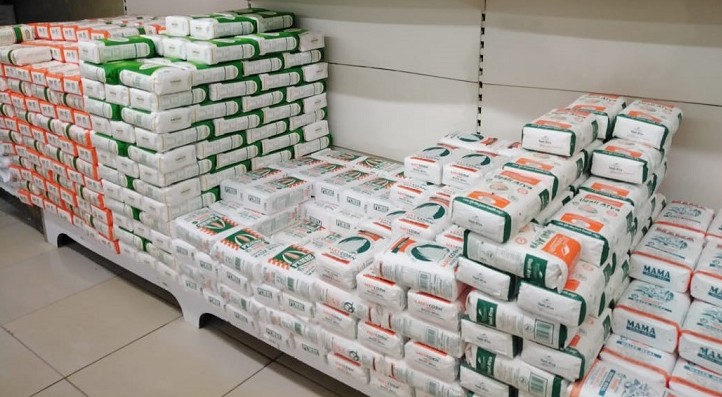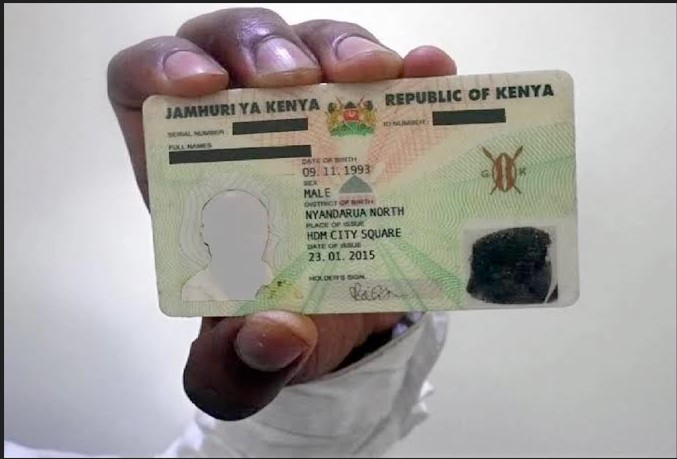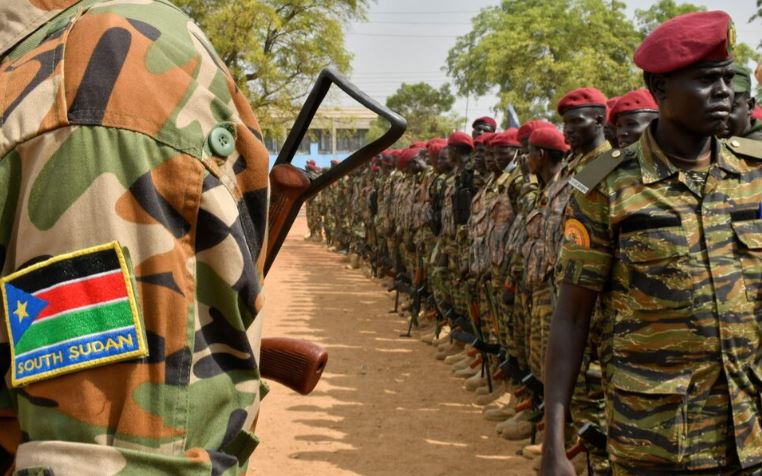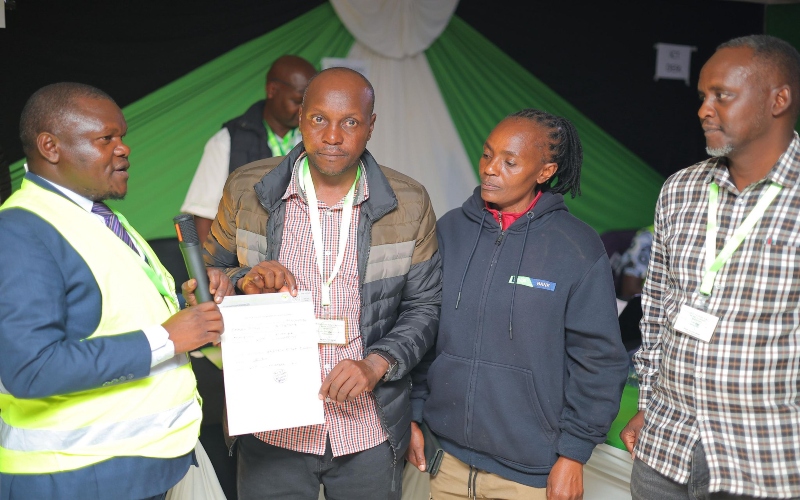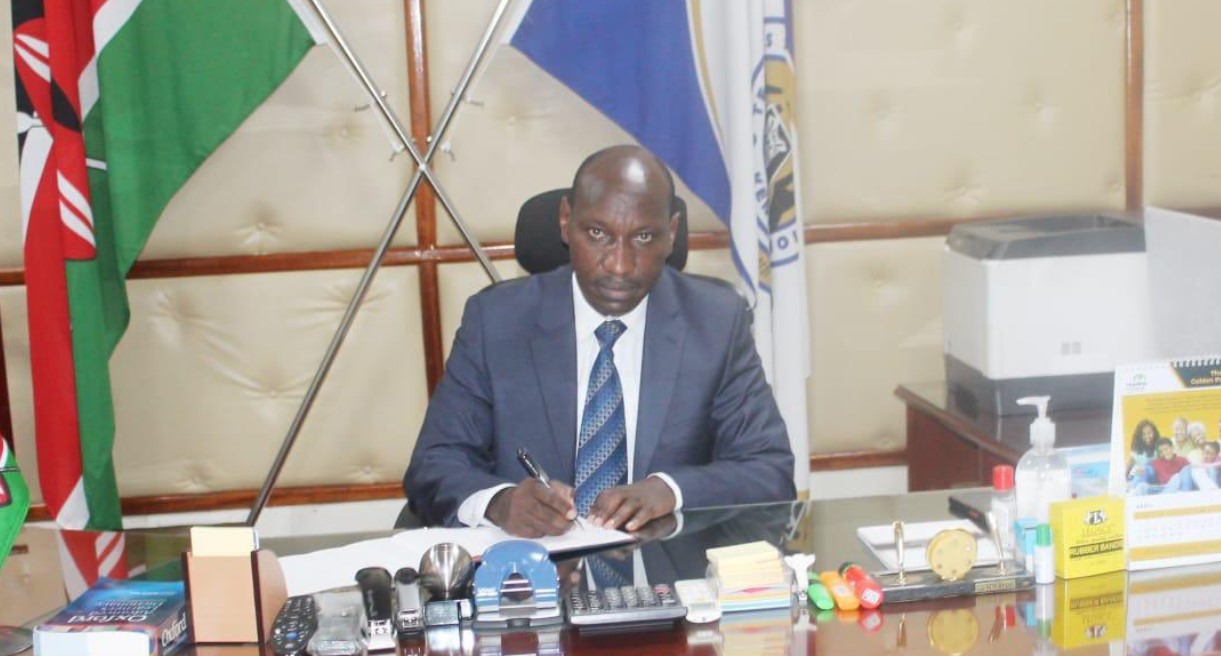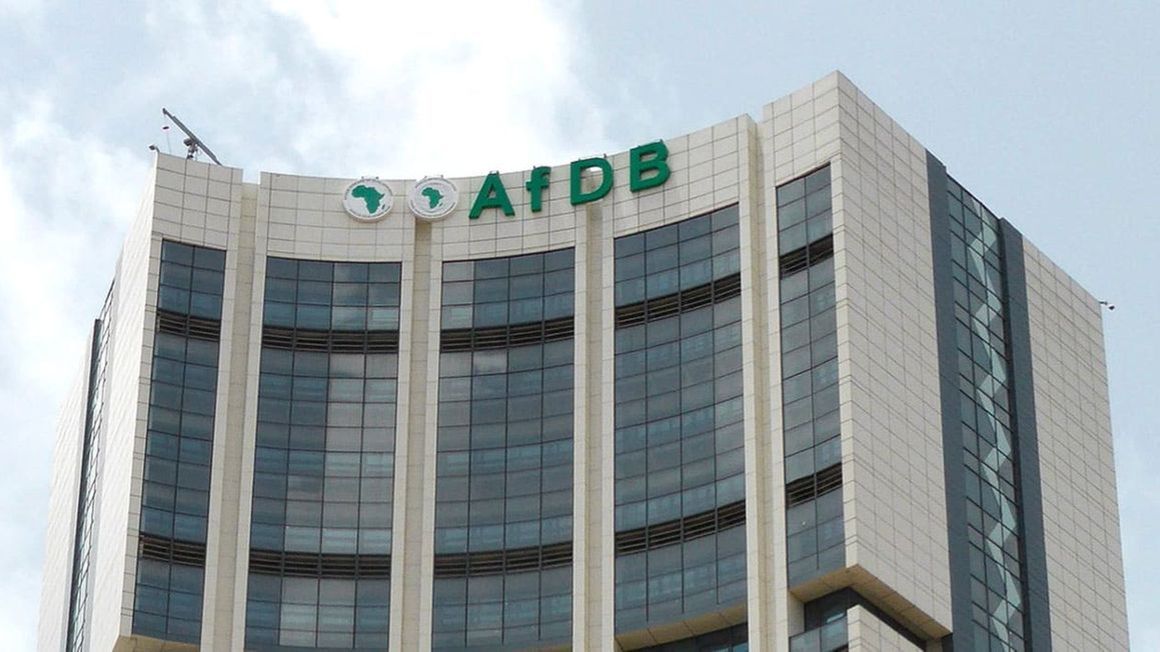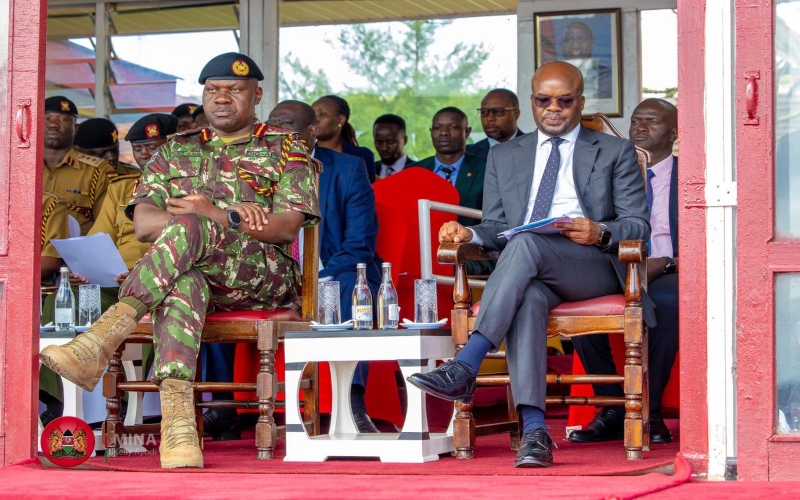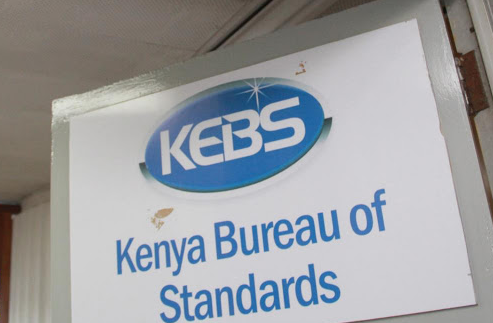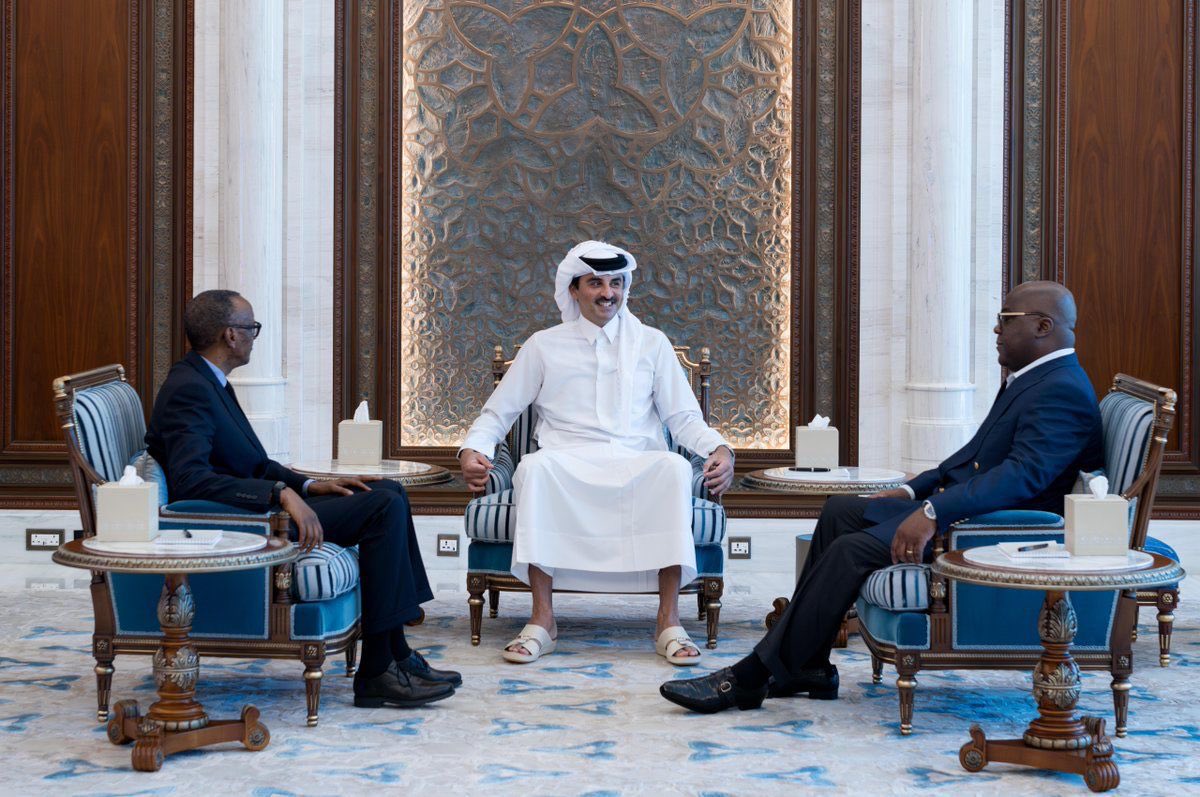Inside Kenyan Government's plan to integrate refugees in local communities
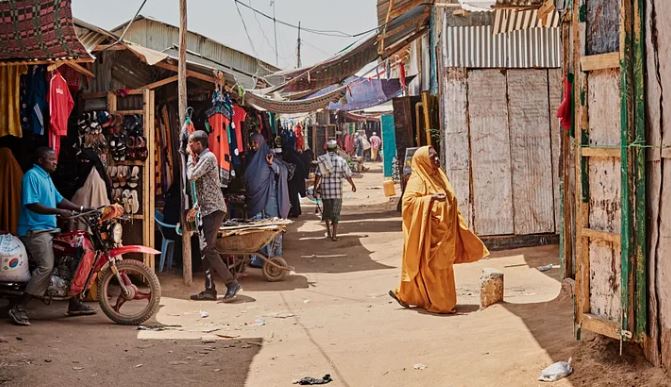
The Shirika Plan to integrate 800,000 refugees into local communities will be presented to the Global Refugee Forum next month.
The Kenyan Government has announced its plan to integrate 800,000 refugees into local communities is still on and will be presented to the Global Refugee Forum next month.
The international forum will take place in Geneva, Switzerland from 13-15 December.
More To Read
- Kenya’s refugee population hits 860,000 as State pushes integration plan
- African Commission hails Côte d’Ivoire’s move to protect displaced populations
- Uganda stops granting refugee status to nationals from Ethiopia, Somalia and Eritrea
- Refugee group raises alarm over lending traps facing displaced families
- ‘No rain, no food, no life’: Amnesty slams global inaction as Somalia’s drought turns deadly
- Kenya defends stricter asylum screening for Ethiopian, Eritrean applicants
Immigration and Citizen Services Principal Secretary on Tuesday said that the plan dubbed "Shirika Plan" will be rolled out at the Dadaab and Kakuma refugee camps.
The five-year transition plan aims to transform the refugee camps into integrated settlements for both refugees and host communities, with a view to making refugees self-reliant and contributing to the economy.
Bitok said the Shirika Plan will include components such as education, housing, healthcare, infrastructure, security and inclusivity among others with the ultimate goal being a harmonious co-existence of the refugees and host communities.
"The Shirika Plan will help coordinate and manage donor funding for education. We want inclusivity whereby whatever support the refugees are getting, the host communities are also benefitting," Bitok said.
The Shirika Plan is built upon the Support for Host Community and Refugee Empowerment (SHARE) initiative, Kenya’s Comprehensive Refugee Response Framework, the Kalobeyei Integrated Socio-Economic Development Plan (KISEDP) and the Garissa Integrated Socio-Economic Development Plan (GISEDP), and is aligned with the respective county integrated development plans.
A national consultative forum was held this week where the leadership of Turkana and Garissa counties discussed the government pledges ahead of the Global Refugee Forum.
The United Nations High Commissioner for Refugees (UNHCR) representative for Kenya said the Geneva Forum will discuss support for countries that host refugees.
Kenya is currently the fifth largest refugee hosting county in Africa and the 13th largest in the world hosting over 800,000 refugees, most of which are from the Horn of Africa region.
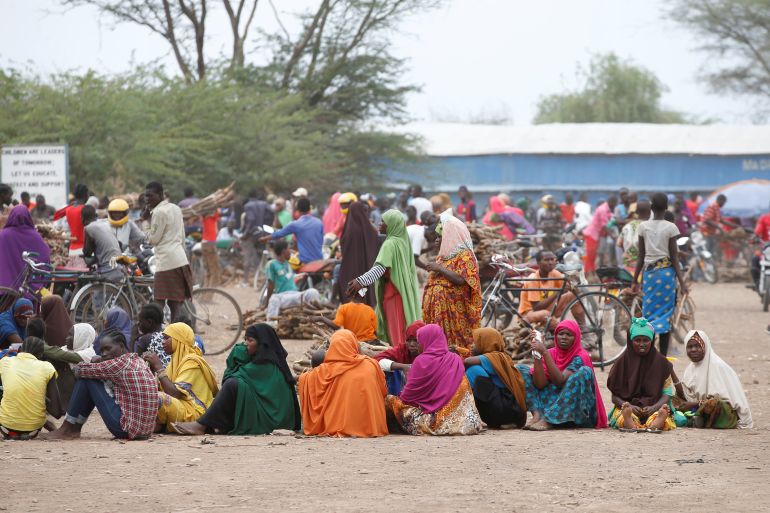 Women wait in line to receive aid at the Kakuma refugee camp in northern Kenya. (Photo: Baz Ratner/Reuters)
Women wait in line to receive aid at the Kakuma refugee camp in northern Kenya. (Photo: Baz Ratner/Reuters)
As of 31 August 2023, the Dadaab population stood at 364,401 individuals (74,715 households).
Of these, 274,274 individuals (54,676 households) are registered/documented while a total of 90,127 individuals (20,039 households) were profiled awaiting registration by the Department of Refugee Services (DRS) according to the latest government data.
In June this year, the Shirika Plan received an allocation of over Sh28 billion to the project from various development partners.
"It is crucial that the Shirika Plan is fully implemented soon in terms of refugee rights, documentation, freedom of movement and so on. I am glad that the rest of the UN agencies are on board with the government's plan to make the Shirika Plan a reality, we estimate that we have already mobilised over Ksh28 billion in support of this plan," the United Nations High Commissioner for Refugees, Filippo Grandi said.
Prime Cabinet Secretary Musalia Mudavadi said that the World Bank had pledged an additional Sh7 billion grant for Kakuma and Kalobeyei communities in Turkana County.
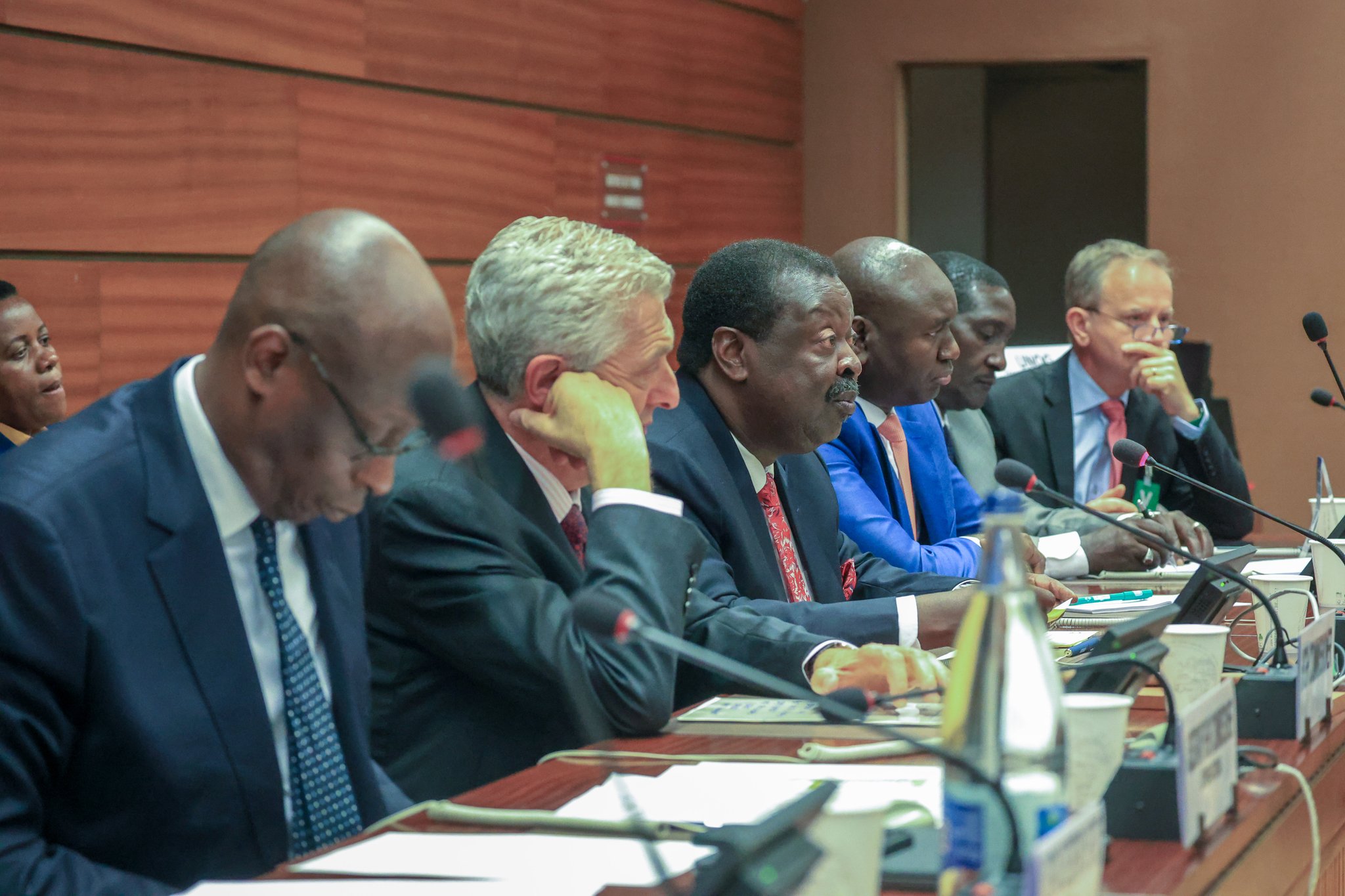 Prime Cabinet Secretary Musalia Mudavadi during the 74th session of the Executive Committee of High Commissioners (EXCOM) program in Geneva on 10 October 2023. (Photo: PCSP)
Prime Cabinet Secretary Musalia Mudavadi during the 74th session of the Executive Committee of High Commissioners (EXCOM) program in Geneva on 10 October 2023. (Photo: PCSP)
"The World Bank, through the Ministry of Education and the Department of Refugee Services, is supporting the joint implementation of the Kenya Primary Education Equity Learning, which will benefit 117,000 refugees and host communities," he said.
Mudavadi last month during the 74th session of the Executive Committee of High Commissioners (EXCOM) program in Geneva, emphasised the need for flexible solutions that encompass both refugees and host communities.
Mudavadi highlighted the environmental challenges faced by refugee camps like Kakuma and Dadaab due to high population density, limited resources, and inadequate infrastructure.
The Shirika Plan will also contribute to various international and national commitments made by the Government of Kenya and other actors.
Kenya ratified the 1951 United Nations Convention relating to the Status of Refugees on 16 May 1966, and its 1967 Protocol in 1981.
Kenya also ratified the 1969 OAU Convention Governing the Specific Aspects of Refugee Problems in Africa on 23 June 1992 and is party to various international and regional human rights treaties of relevance to the protection of refugees.
The Shirika Plan will also enhance collective efforts to meet the Sustainable Development Goals (SDG) and the AU Agenda 2063.
The Refugees Act of 2021, which came into effect in February 2022, provides new and additional opportunities, rights, protection, and solutions for refugees in Kenya.
In addition to recognizing the contributions made by refugees to Kenya’s development, the Act provides refugees with documentation to facilitate access to services and employment opportunities.
Top Stories Today

